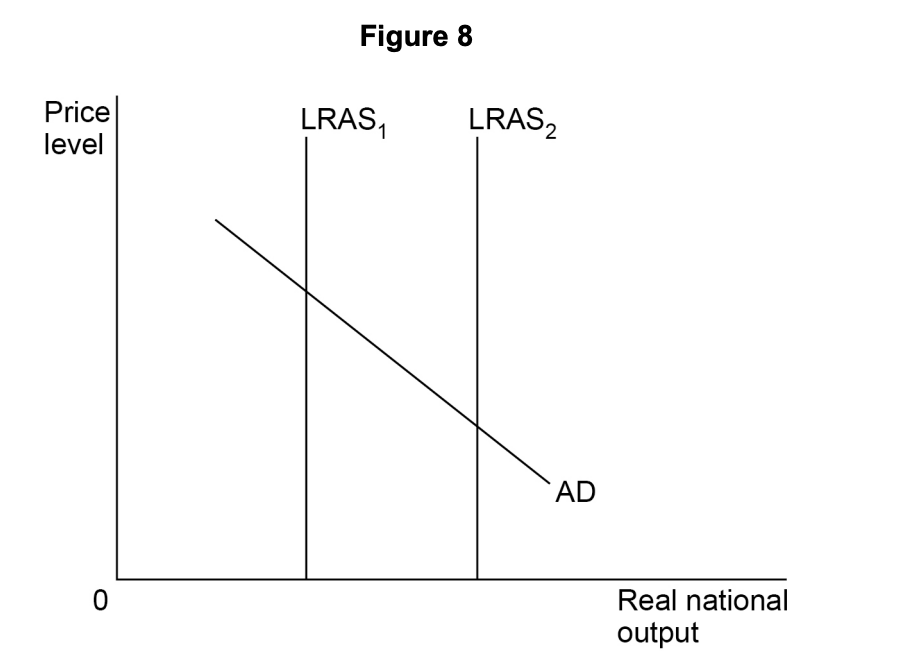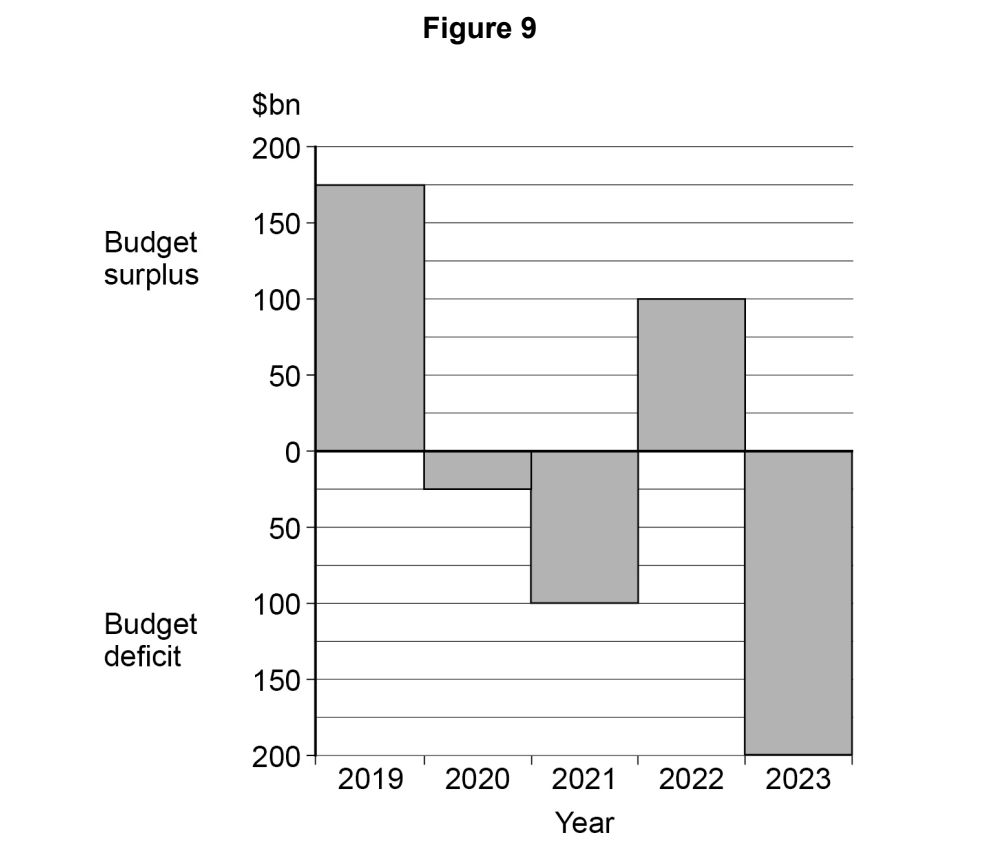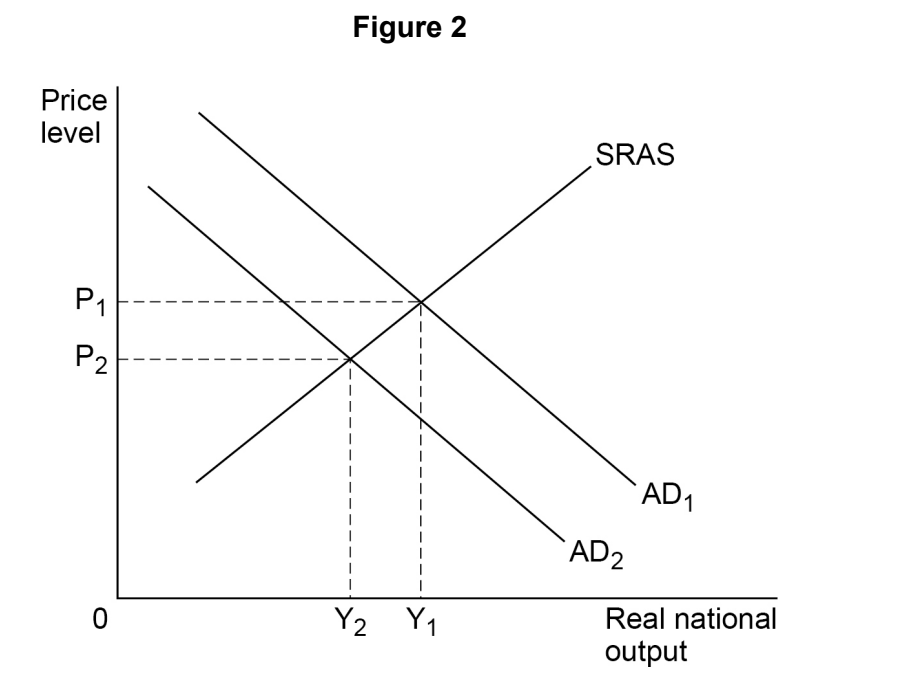All other things being equal, which one of the following is most likely to increase the national debt?
Foreign companies increasing their direct investment into the economy
The central bank using its reserves of foreign currency to fund a trade deficit
The government reducing its budget surplus by increasing its expenditure on infrastructure
The government running a budget deficit, financed by selling bonds to foreign investors
Did this page help you?



